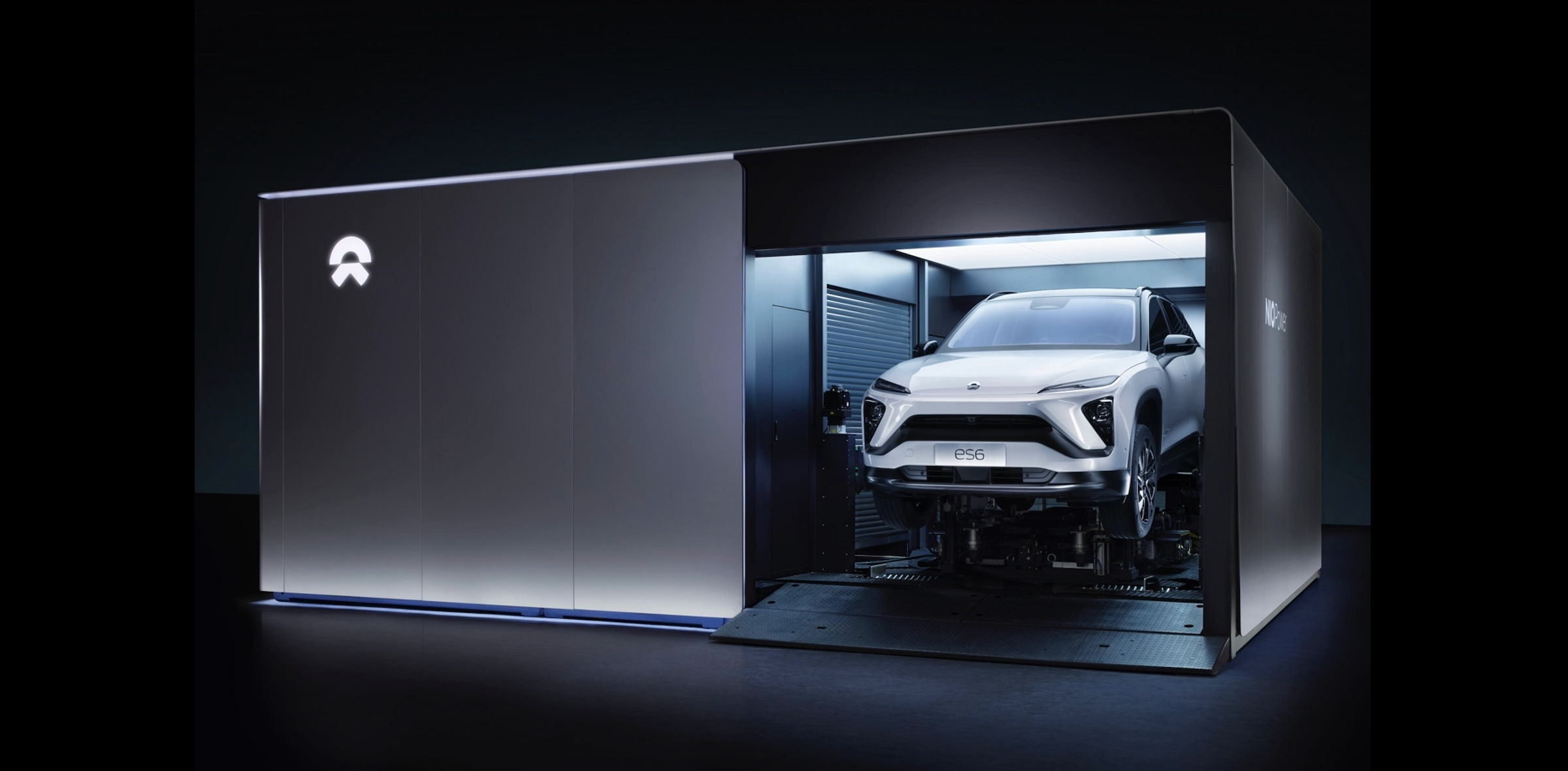Production Capacity
NIO plans to increase its current production capacity from 15 JPH to 20 JPH and is expected to reach a monthly production capacity of 4,500-5,000 vehicles by the end of August or early September. The delivery target for Q3 is estimated to be 11,000-11,500 vehicles. The first phase of JAC’s factory still has untapped production capacity and can achieve an annual production of 150,000 vehicles with minimal additional investment.
Research and Development
NIO has planned the development of its next vehicle which will be a sedan type, but the details of the design are being kept secret. When necessary, NIO will establish a second factory to meet the production demand. NIO is also accelerating the development of new products and increasing investment in autonomous driving research. The current investment in R&D is within CNY 3 billion annually, including personnel costs, mainly focusing on vehicle development. R&D investment for a single quarter currently stands at around CNY 500-600 million, which may increase in special quarters.
Battery-as-a-Service Progress
Battery as a Service (BaaS) has gained government approval, and the first car without a battery has completed validation processes such as insurance and registration. It will be officially released in Q3. One main difference between BaaS and the previous battery leasing program is that under this model, buyers of a NIO vehicle can opt out of the battery component, a CNY 100,000 deduction from the total cost of CNY 368,000. This enables financing options to buy the vehicle, which drastically reduces the down payment and monthly installments, thus lowering the entry barrier for users.
Advanced Driving Assistance
The advanced driving assistance development team currently has about 200 personnel. The take-up rate of NIO Pilot, excluding the standard feature of the first-generation model, is around 25%. The NoP (Navigate on Pilot) function is expected to be available for delivery this year. NIO’s Summon function is mainly for vehicle parking and unparking rather than as aggressive as Tesla’s. The next generation of NIO’s advanced driving assistance is under development and the company has set high standards. Development focuses on time saved and decreasing accident rates for users rather than limiting the framework to L4 and L5.
Credits
Last year, NIO’s sales of 20,000 vehicles produced a combined total of 100,000 NEV and CFAC credits (if the vehicle has a range exceeding 350km, it can get a maximum of 5 credits). These credits are worth approximately CNY 120 million, or around CNY 6,000 per vehicle. Unlike Tesla, NIO will not factor this amount into the gross profit of each vehicle. The 100,000 credits are currently being negotiated with the car factory and are expected to be sold in Q3 and Q4, which will enhance the company’s overall gross profit margin. It is expected that 200,000 credits will be generated this year.The current credit market has become significant. China’s dual credit policy has led to a good increase in prices, reflecting the government’s guiding role.
Other
In the first half of 2020, ES8 was the best-selling new energy medium and large SUV in China with a price of over 400,000 RMB.
EC6 has received more orders than expected and will start delivery in late September.
With the decrease in battery procurement costs and other production costs, NIO is confident that the gross profit margin and comprehensive gross profit margin of the whole vehicle will both exceed 10% in the second half of the year.

This article is a translation by ChatGPT of a Chinese report from 42HOW. If you have any questions about it, please email bd@42how.com.
